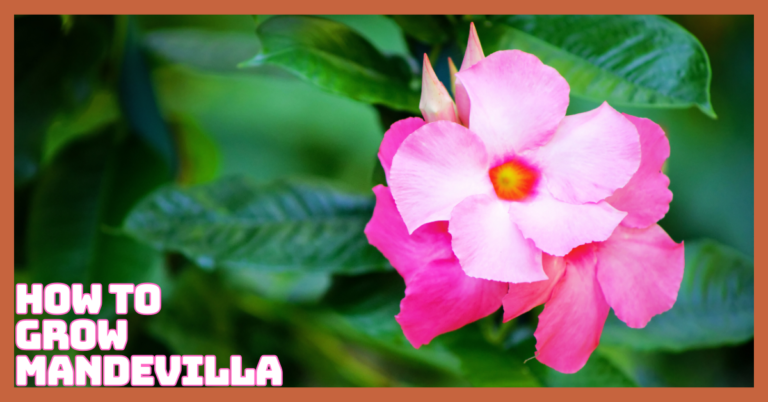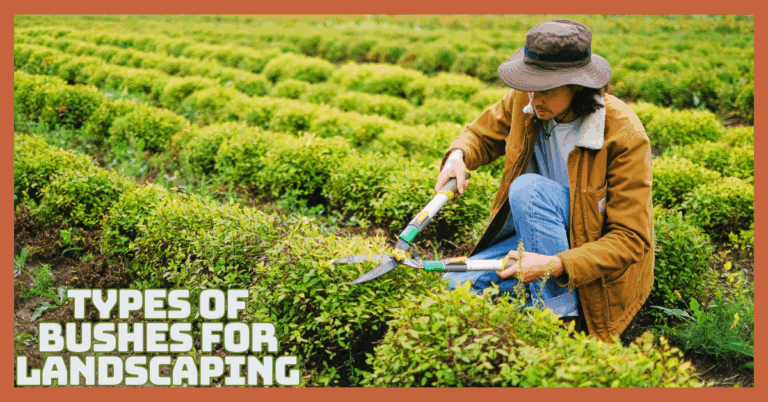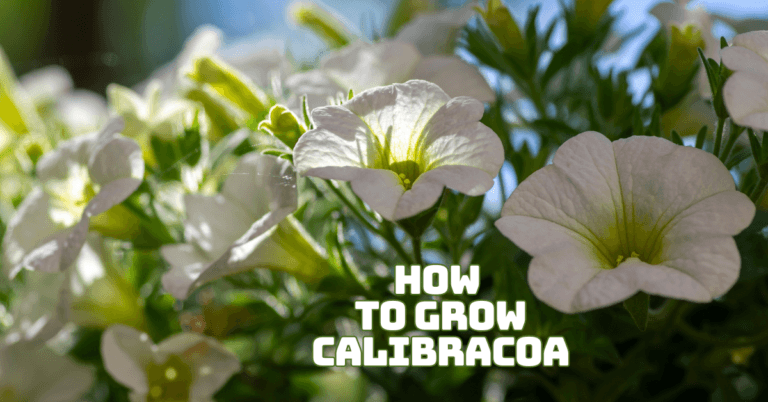How To Grow Acacia Trees
How To Grow Acacia Trees
Unlock the secrets to a thriving garden as we delve into how to grow Acacia trees, adding natural elegance to your outdoor space.
Welcome to our blog, where we embark on a journey through the enchanting world of Acacia trees. These magnificent botanical wonders have been capturing the hearts of gardeners, nature enthusiasts, and landscape artists for generations.
Acacia trees are nature's masterpieces with graceful foliage, distinct forms, and incredible adaptability. Whether you're a seasoned horticulturist or a curious novice, growing Acacia trees can be immensely rewarding.
In this blog post, we're excited to share a wealth of knowledge and practical insights to help you unlock the secrets of cultivating these remarkable trees.
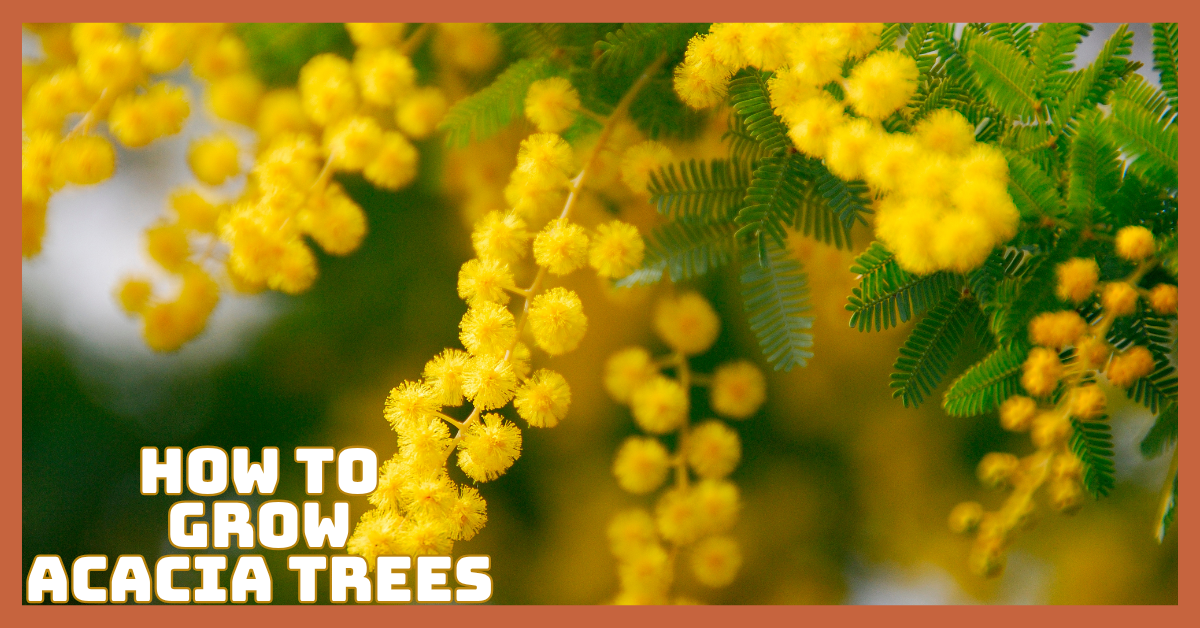
History Of Acacia Trees
The history of the Acacia trees is a tale intertwined with human civilization, spanning millennia and continents.
With a presence on almost every continent, from the vast savannas of Africa to the arid landscapes of Australia, Acacia has played multifaceted roles in various cultures and ecosystems.
In ancient Egypt, Acacia wood was prized for its durability and used in the construction of coffins. At the same time, the symbolic importance of the Acacia trees to the Freemasons led to their inclusion in their rituals and symbolism.
Indigenous peoples worldwide have harnessed the tree's diverse properties, utilizing its bark, leaves, and gum for medicinal, culinary, and ceremonial purposes. Acacia's mention in the Bible as the “shittah” tree further solidifies its historical significance.
Additionally, Acacia's role in supporting ecosystems must be balanced. In Africa, Acacia trees provide sustenance to countless herbivores and support a complex web of life.
Moreover, the famous acacia-thorn interactions highlight the intricate relationships forged over evolutionary timescales, where ants protect the trees in exchange for shelter and nectar.
During colonial times, the rapid growth and adaptability of Acacia species contributed to their introduction in regions outside their native range.
While serving as a source of timber and tannins, these introductions have sometimes resulted in ecological imbalances. In recent years, the significance of Acacia has extended into environmental conservation.
Acacia trees' ability to fix nitrogen has made them valuable tools in reforestation efforts, combating desertification, and enriching soil fertility.
Recognizing their potential in sustainable development has led to renewed interest and research. In this intricate tapestry of history, the Acacia trees symbolize resilience, adaptability, and cultural interconnectedness.
As we look to the future, understanding its past is crucial for appreciating the ecological intricacies it embodies and harnessing its potential to address contemporary challenges such as deforestation and climate change.
The history of the Acacia tree is a testament to the deep-rooted relationship between humanity and nature, a relationship that continues to evolve and shape the world around us.
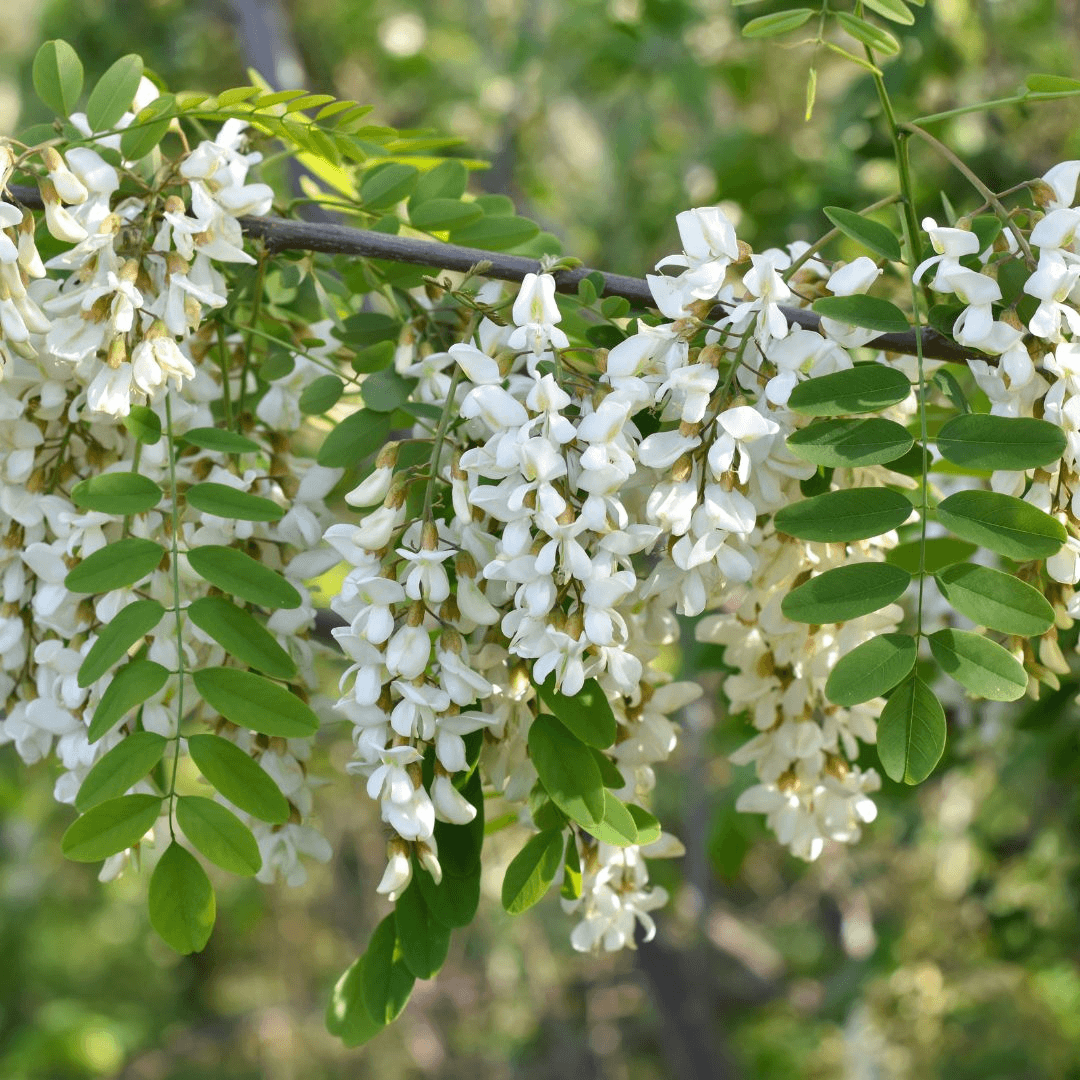
Acacia Growing Guide
In gardening, few plants captivate the senses and imagination like the Acacia. The Acacia plant is a testament to nature's artistry with its delicate foliage, vibrant blooms, and an air of mystery that echoes throughout its history.
As you grow and tend to these remarkable plants, you're stepping into a realm where beauty and resilience intertwine. Here are some detailed tips on how to grow Acacia trees successfully:

1. Choose The Right Acacia Species
Choosing the right acacia species is the first step to successfully growing acacia trees in your garden, ensuring they thrive in local conditions. Navigating the diverse Acacia species is a crucial starting point in your cultivation journey.
Within the expansive Acacia genus, you'll find a tapestry of growth habits, sizes, and climatic preferences that reflect the geographical diversity they inhabit.
To ensure successful growth, you must meticulously match your choice of species with your local conditions. Research the climate and temperature ranges that thrive in your region, considering cold hardiness and heat tolerance.
Analyze your sandy, loamy, or clay-heavy soil type and choose the Acacia species best adapted to those conditions. Equally significant is evaluating the space available in your garden, as Acacia species vary in size from shrubs to small trees.
Selecting species that align harmoniously with your locale ensures optimal growth and respects each Acacia's inherent tendencies. This choice lays the foundation for a vibrant and resilient garden that speaks the language of your environment.

2. Climate Considerations
Understanding the climate preferences of your chosen Acacia species is a pivotal step in fostering their successful growth.
Acacias are as diverse in their climatic adaptability as in their visual splendour. Thorough research into your selected species' temperature and moisture requirements is essential.
Some Acacias thrive in arid and semi-arid regions, while others flourish in subtropical or Mediterranean climates. Assess your area's average temperature range and seasonal variations to ensure it aligns with the species' preferences.
Delve into moisture needs, considering rainfall patterns and the dry or wet spells your region experiences.
This meticulous assessment guarantees you're creating an environment where your chosen Acacia can thrive, showcasing its inherent beauty and robustness.
By establishing a harmonious bond between species and climate, you're cultivating a garden that mirrors the natural ecosystems these plants originate from and invites a symphony of life to unfold before your eyes.

3. Sunlight Requirements To Grow Acacia Trees
To grow Acacia trees successfully, it's imperative to provide them with the abundant sunlight they crave, fueling their growth and enhancing the natural beauty of your garden.
Sunlight is the lifeblood of Acacia's growth, igniting the vibrant beauty they are known for.
Most Acacia species are light seekers, revelling in the embrace of full sun exposure. This radiant energy fuels their robust growth and sets the stage for magnificent flowering displays.
When selecting the ideal spot for your Acacia, prioritize a location that basks in abundant sunlight throughout the day. Aim for at least 6 to 8 hours of direct sunlight to fulfill the species' photosynthetic needs.
Analyze your garden's layout and consider potential obstacles that might cast shadows on your chosen spot. Ensuring that your Acacia enjoys uninterrupted sunlight fosters vigorous growth and promotes the development of lush foliage and splendid blossoms.
Remember, sunlight isn't just a physical necessity for Acacias; it's the catalyst that infuses them with vitality and transforms your garden into a vibrant tapestry of natural artistry.

4. Soil Preparation To Grow Acacia Trees
To grow Acacia trees successfully, meticulous soil preparation is essential, ensuring optimal drainage, pH balance, and nutrient enrichment to provide a nurturing environment for their robust development.
Creating the ideal soil environment is fundamental to nurturing thriving Acacia growth. Begin by focusing on well-draining soil, a cornerstone for preventing waterlogging that can lead to root rot.
To achieve this, select a soil type that promotes efficient water movement and root aeration, avoiding heavy clay soils that retain excess moisture.
Aim for a pH range of neutral to slightly acidic, usually between 6.0 and 7.0, as this is ideal for many Acacia species. The pH of the soil should be adjusted to fall within this range to ensure healthy growth. An essential part of soil preparation is adding organic matter, such as compost or well-rotted manure.
Organic amendment enriches the soil with nutrients, enhances its water-holding capacity, and improves its overall structure. Before planting, thoroughly mix the organic matter into the soil to a depth of at least a foot.
By dedicating attention to your soil's drainage, pH, and nutrient content, you're setting the stage for vigorous Acacia growth and cultivating an environment where roots can thrive and expand, anchoring your trees in nourishment and support.
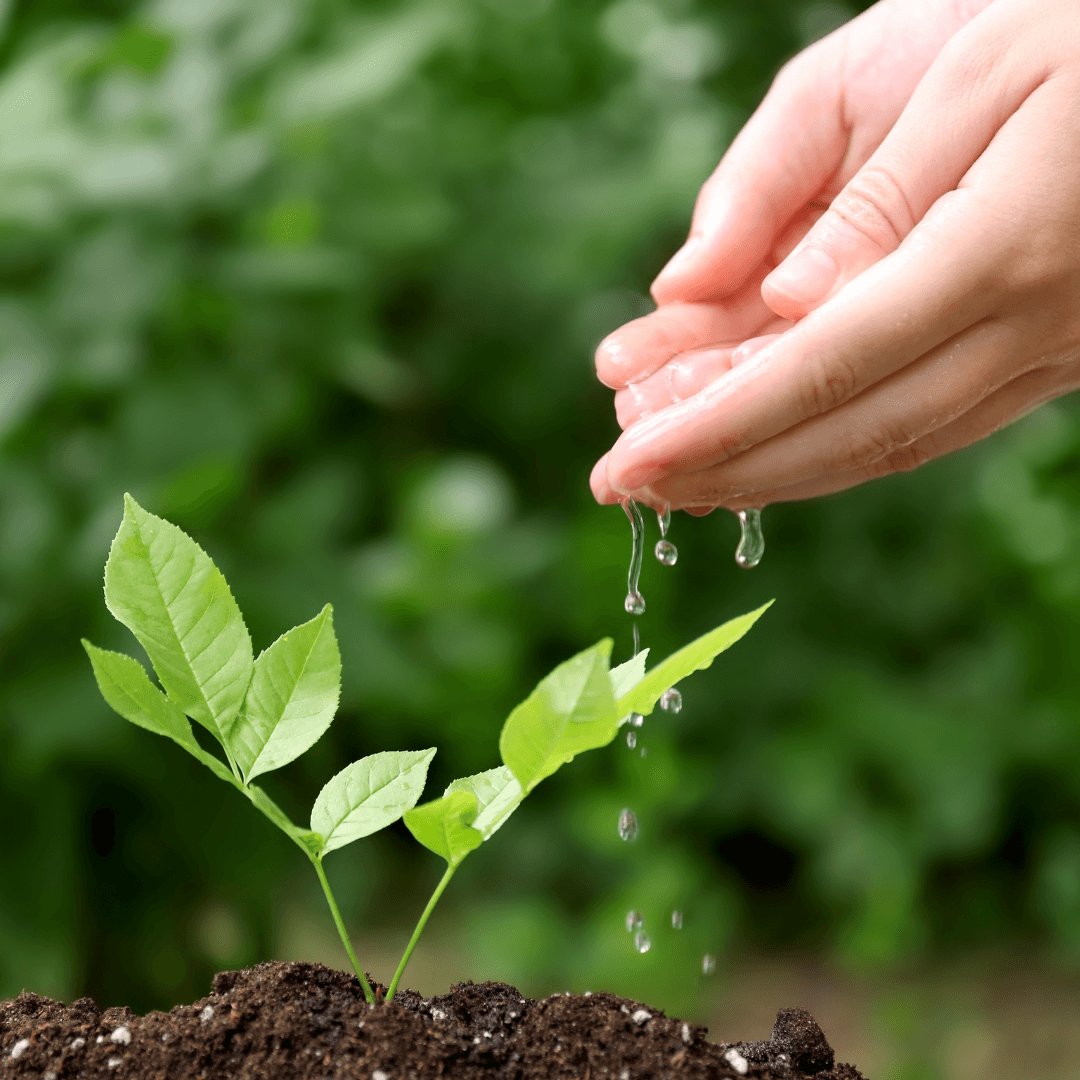
5. Watering Practices
Watering practices are pivotal in nurturing the growth of young Acacia trees and ensuring their resilience in the face of varying moisture levels.
During the early stages, young Acacia trees are establishing their root systems and are more sensitive to fluctuations in water availability.
Regular watering is crucial during this period, maintaining consistent moisture levels to support healthy root development.
However, as they mature, Acacia trees exhibit remarkable drought tolerance. Their adaptive nature allows them to thrive in regions with minimal rainfall. It's important to intervene with deep watering sessions during extended dry spells.
This encourages roots to explore deeper soil layers, enhancing the tree's ability to access water even during arid periods.
Remember that overwatering can be as detrimental as underwatering, leading to root rot. Monitor soil moisture using a moisture meter or check soil dampness at a few inches of depth.
Striking the right balance between nurturing young roots and fostering drought resilience ensures that your Acacia trees stand strong against the challenges of changing weather patterns.

6. Mulching Acacia
Mulching is a key technique to help you grow Acacia trees successfully, providing them with essential moisture retention, weed control, and temperature regulation, all while enriching the soil for their robust development.
Mulching is a strategic practice that benefits your growing Acacia trees, nurturing their well-being from the ground up. Applying a mulch layer around the tree's base creates a protective shield that conserves soil moisture.
This natural moisture reservoir is especially valuable during hot and dry periods, reducing the need for frequent watering and promoting consistent hydration for your Acacias.
Mulching also serves as a formidable weed deterrent, inhibiting weed growth that could otherwise compete with your trees for nutrients and water.
As an additional advantage, mulch acts as an insulator, helping to stabilize soil temperatures. In colder months, it safeguards the root system against freezing temperatures, while in hotter seasons, it prevents soil overheating.
Choose organic materials like wood chips, straw, or leaves when mulching. Spread a layer about 2 to 4 inches thick, covering the root zone without touching the tree trunk.
As the mulch breaks down, the soil's nutrient content improves, promoting a fertile environment conducive to strong Acacia growth.
This seemingly simple practice of mulching encompasses a wealth of advantages, contributing to the overall vitality of your Acacia trees and simplifying your maintenance routine.
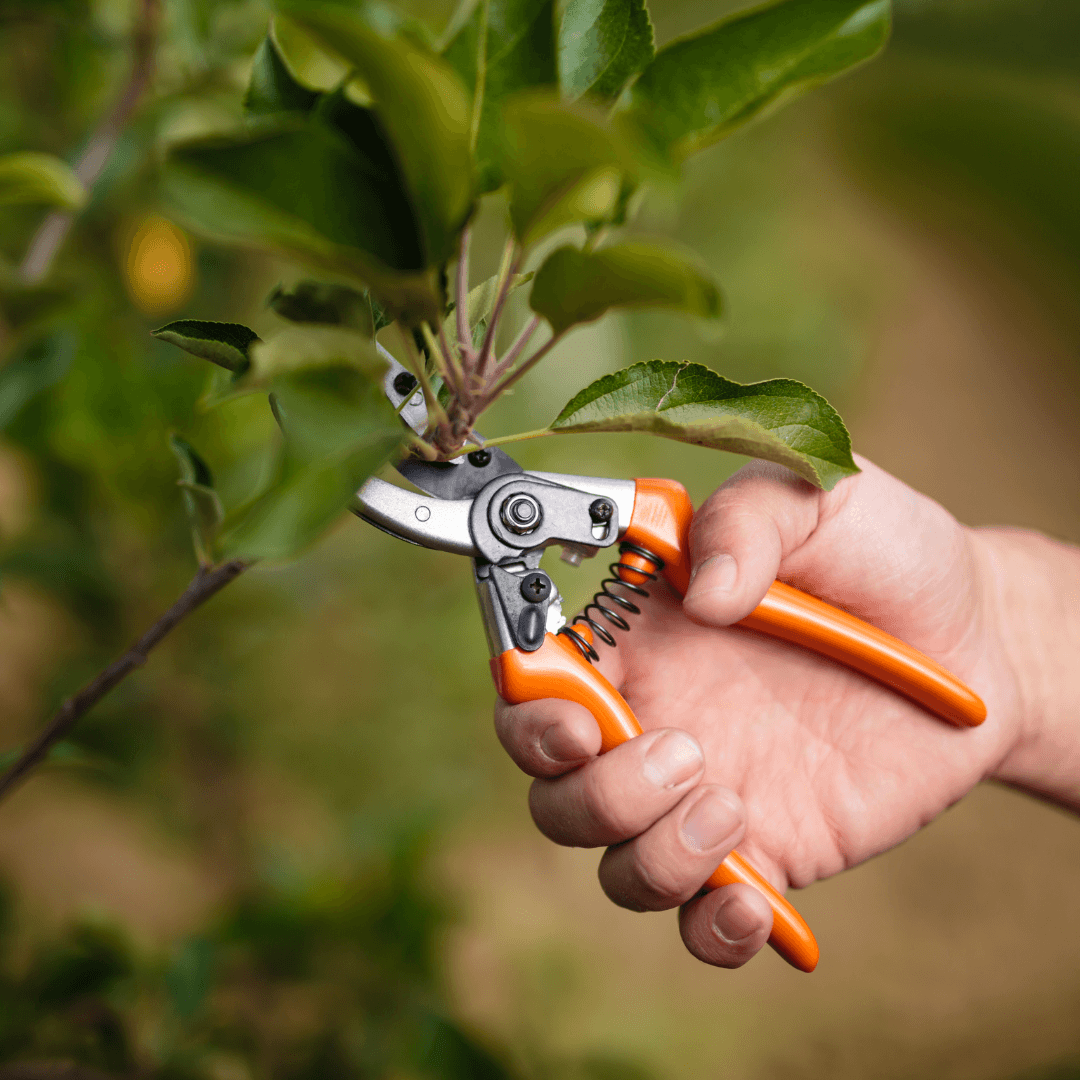
7. Pruning Acacia Trees
When you learn the art of pruning, you shape the form of your Acacia trees and cultivate their vitality, a vital aspect of helping them grow.
Pruning plays a significant role in the journey to successfully grow Acacia trees, offering both aesthetic control and the nurturing of a robust growth pattern.
Pruning is a nuanced art in Acacia tree care, offering a canvas upon which you can shape their form and vitality. Regular pruning serves a dual purpose: it allows you to sculpt your Acacia to the desired shape while also fostering a robust growth trajectory.
Focus on removing dead, damaged, or diseased branches, as they divert energy from healthy growth and can serve as entry points for pests and diseases.
Thinning out congested areas promotes better air circulation, reducing the risk of fungal infections.
Moreover, strategic pruning encourages sunlight penetration to inner branches, vitalizing their growth and enhancing leaf production.
To promote flowering, consider selective pruning after flowering has occurred, which can encourage the next season's blossoms.
As a rule of thumb, prune in moderation, avoiding excessive removal of foliage that could hinder the tree's ability to photosynthesize. Use sharp, clean pruning tools to make precise cuts, minimizing damage and promoting quick healing.
Each pruning session is an opportunity to shape the narrative of your Acacia's growth, ensuring it aligns with your aesthetic vision while nurturing a foundation of health and vitality that resonates through its every branch and leaf.
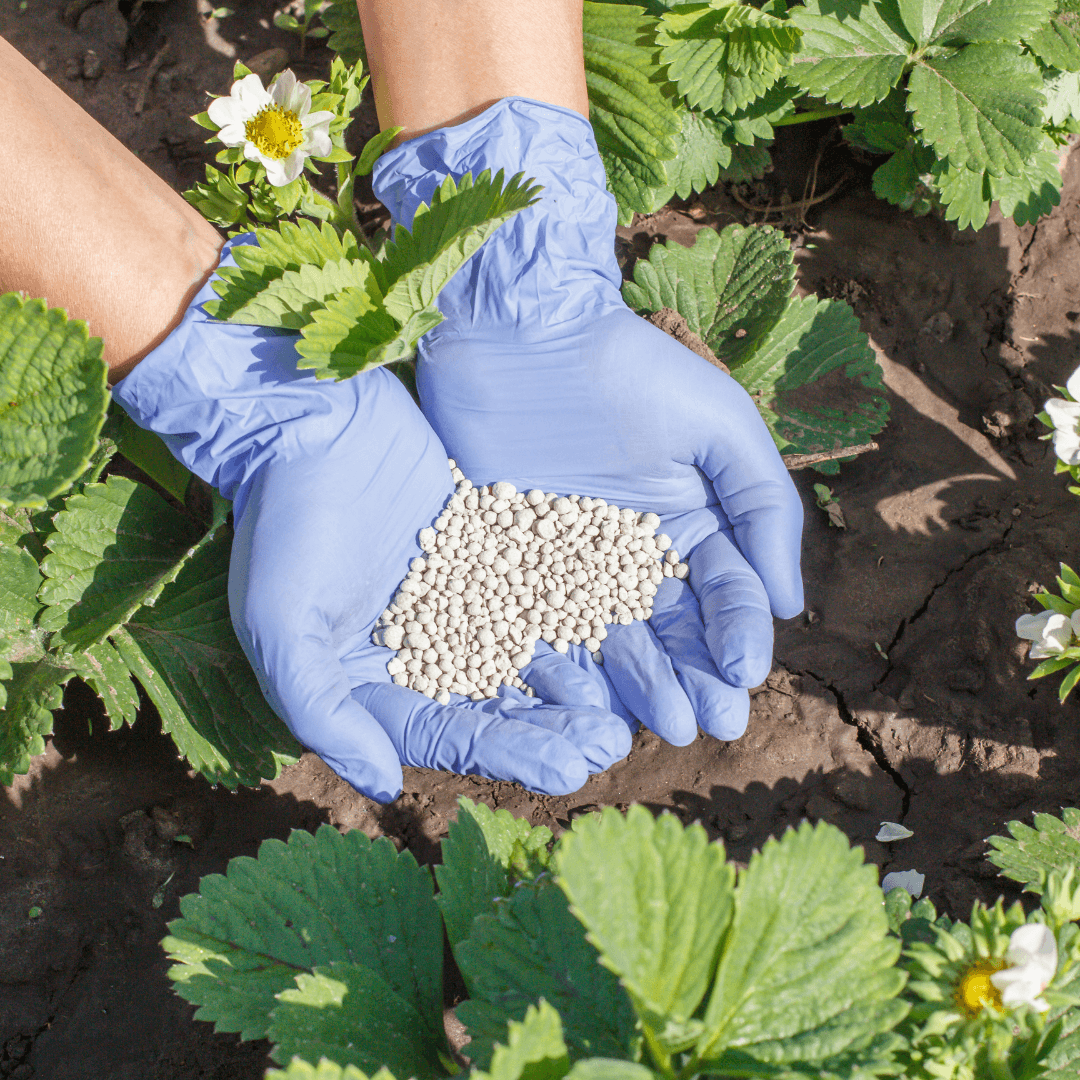
8. Fertilization Of Acacia Trees
Navigating the realm of fertilization for Acacia trees calls for a balanced approach, recognizing their inherent resilience and efficient nutrient utilization.
While these trees are known for their adaptability, nutritional support can invigorate their growth. Choose a balanced, slow-release fertilizer with a nitrogen-phosphorus-potassium (N-P-K) ratio of 10-10-10.
Spring marks an opportune time to administer this fertilizer as the growing season unfolds and new shoots emerge.
Slow-release formulations ensure a steady, measured supply of nutrients, minimizing the risk of overfeeding or nutrient imbalances. When applying the fertilizer, distribute it evenly around the drip line, avoiding direct contact with the trunk.
Remember that Acacias have evolved to thrive in nutrient-challenged environments, so refrain from heavy or frequent fertilization, which could lead to excessive growth or reduced flowering.
Regularly monitor your tree's growth and overall health, adjusting your fertilization regimen based on specific requirements.
Providing just the right amount of nourishment at the right time fosters a harmonious balance, supporting healthy Acacia growth without overwhelming the tree's intrinsic ability to flourish.
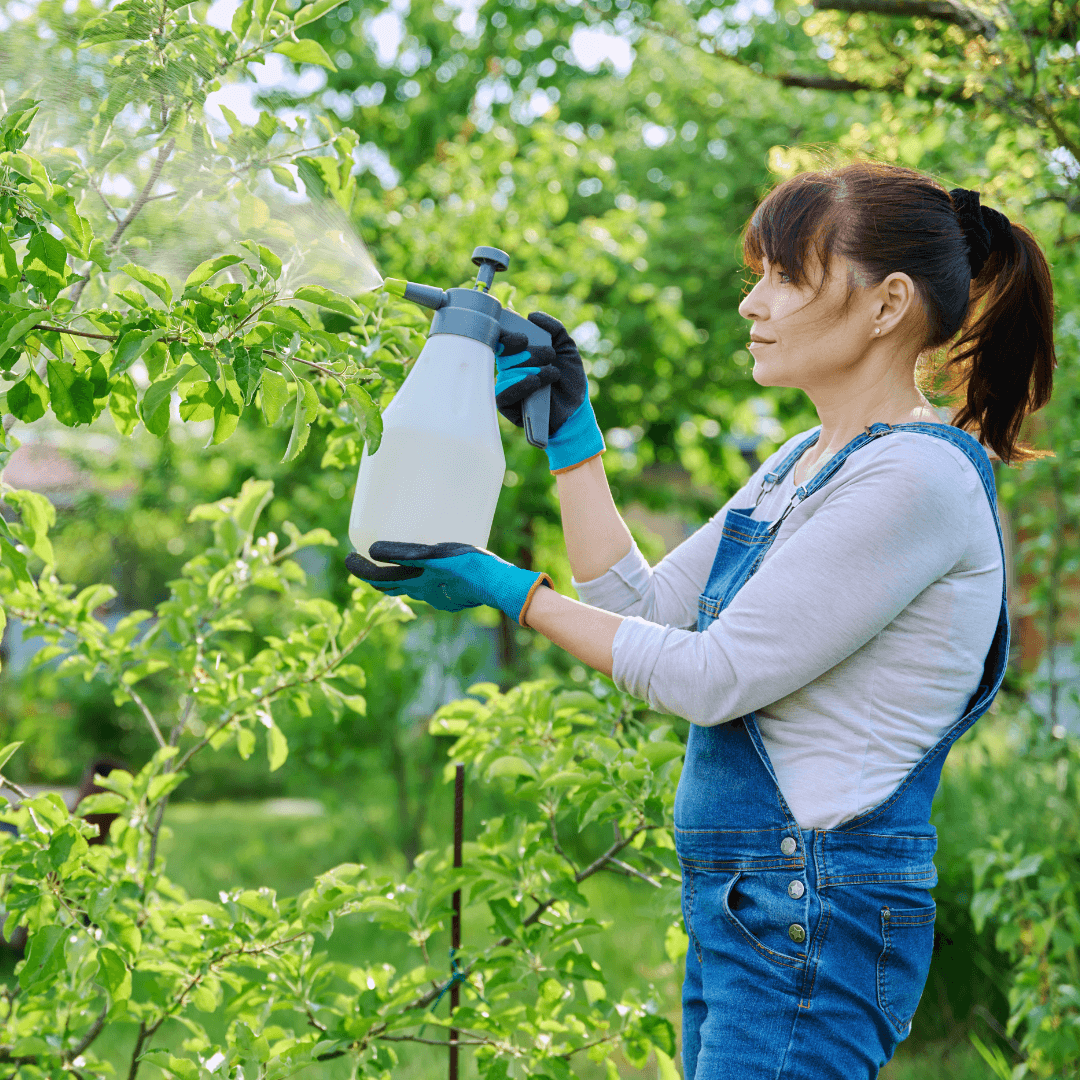
9. Pests & Disease Management Of Acacia Trees
To grow Acacia trees successfully, vigilant pest and disease management is paramount, ensuring these botanical treasures can flourish without the threat of unwelcome intruders compromising their vitality and beauty.
Vigilance against pests and diseases is an essential guardianship in nurturing flourishing Acacia trees. As these botanical wonders thrive, they can sometimes become targets for unwelcome visitors such as aphids and borers.
Regularly inspect your trees, focusing on the undersides of leaves and the bark for any signs of infestations. Swift action is crucial – address any pest presence promptly to prevent their population from spiralling out of control.
Employ natural remedies like neem oil or insecticidal soap for mild infestations, ensuring minimal impact on beneficial insects.
Choosing integrated pest management strategies that harmonize with the ecosystem reduces the need for harsh chemicals.
Disease prevention is equally crucial; consider selecting disease-resistant Acacia species when choosing which to grow. These species have evolved to withstand certain diseases, adding extra protection to your cultivation efforts.
Maintain proper spacing between trees to facilitate air circulation and avoid over-watering, which can create a conducive environment for fungal growth.
By embracing proactive measures and prioritizing early detection, you're creating a resilient shield that safeguards the health and beauty of your Acacia trees, allowing them to flourish as symbols of nature's tenacity and grace.

10. Container Growing Of Acacia
Container growing offers a unique opportunity to showcase the splendour of select Acacia species even in limited spaces, enriching your surroundings with their charm.
Not all Acacia species are suitable for container cultivation, so meticulous species selection is key. Choose compact and slow-growing varieties that adapt well to restricted root spaces.
A well-draining potting mix is essential to prevent soggy roots, so opt for a mix designed for container plants or blend potting soil with perlite or coarse sand. Select a container with adequate drainage holes, as excess water retention can lead to root rot.
The container size should accommodate the tree's expected root growth for a few years; a container that is too small can hinder growth, while one that is too large may hinder root establishment.
Regular monitoring is essential, as container-grown Acacias are more prone to drying out due to their confined root systems. Water when the soil's top inch feels dry and provides a balanced, slow-release fertilizer during the growing season.
While container-grown Acacias may require more care than their in-ground counterparts, their breathtaking beauty and adaptability to smaller spaces make them rewarding, transforming patios, balconies, and urban gardens into verdant havens of natural elegance.

11. Monitor The Growth Of Acacia
To successfully grow Acacia trees, it's essential to monitor their growth closely, forming a unique bond with your trees and responding promptly to their evolving needs.
This attentive approach ensures that your Acacia tree thrives as a testament to the art of nurturing nature. Constant vigilance and attentive observation are pivotal when nurturing the growth of your Acacia trees as they respond to their environment and evolve.
Regular monitoring lets you become attuned to the subtle rhythms of your tree's health and development. Observe the emergence of new leaves, the extension of branches, and the overall vitality of the foliage.
Be vigilant for any signs of stress, such as wilting leaves, yellowing foliage, or irregular growth patterns. Adjustments should be made promptly, from tweaking watering routines to accommodate changing weather conditions to addressing pest infestations or nutrient deficiencies.
Growth patterns can also make pruning needs evident, so consider adjustments to maintain the tree's shape and health. As your Acacia matures, its growth trajectory might necessitate spacing or structural support changes.
Engaging in this continuous dialogue with your trees fosters a dynamic connection that allows you to respond thoughtfully to its evolving needs.
This dedication to attentive care and adaptation ensures that your Acacia thrives as a testament to the harmony between human stewardship and the remarkable resilience of the natural world.
Remember that each species of Acacia may have specific requirements, so research the particular needs of the species you're growing.
You can take advantage of their beauty and benefits by giving your garden's Acacia trees the proper conditions, care, and attention.
Conclusion
In conclusion, cultivating Acacia trees is an enriching journey that intertwines the beauty of nature with the art of horticulture.
These remarkable trees offer myriad rewards – from their exquisite foliage to their vibrant blossoms and remarkable adaptability to various conditions.
The journey begins with selecting the right species, a decision that shapes the course of your cultivation adventure.
As you tend to your Acacias, remember that climate considerations, sunlight exposure, and soil preparation lay the foundation for their growth and vitality.
Through each step, you foster the health and beauty of your Acacia trees and deepen your connection to the natural world. As you witness growth, flowering, and adaptation cycles, you become a steward of nature's delicate symphony.
Acacias are resilient reminders of the intricate balance between human care and the innate wisdom of the plant kingdom.
So, embark on this journey with curiosity, patience, and respect, and you'll witness the transformation of your efforts into a thriving testament to the beauty and resilience of Acacia trees.
I trust you enjoyed this article on How To Grow Acacia Trees. Please stay tuned for more blog posts shortly. Take care!
JeannetteZ
>>> Please click here to read my all-inclusive article about Container Gardening <<<
>>> Are you interested in homegrown herbs and medicine? Please click here to find out more about it!<<<
Your Opinion Is Important To Me
Do you have thoughts, ideas, or questions? I would love to hear from you. Please leave your questions, experiences, and remarks about How To Grow Acacia Trees in the comments below. You can also reach me by email at Jeannette@Close-To-Nature.org.
Disclosure
This post may contain affiliate links. As an Amazon Associate and other affiliate programs, I earn from qualifying purchases at no extra cost to you. Please read my full affiliate disclosure.
You might also enjoy these blog posts:
Best Tips To Grow Hyacinths In Containers
Best Tips To Grow Siberian Squill In Containers
A Guide To Growing Horseradish In Containers
Best Eco-Friendly Practices For Animals





